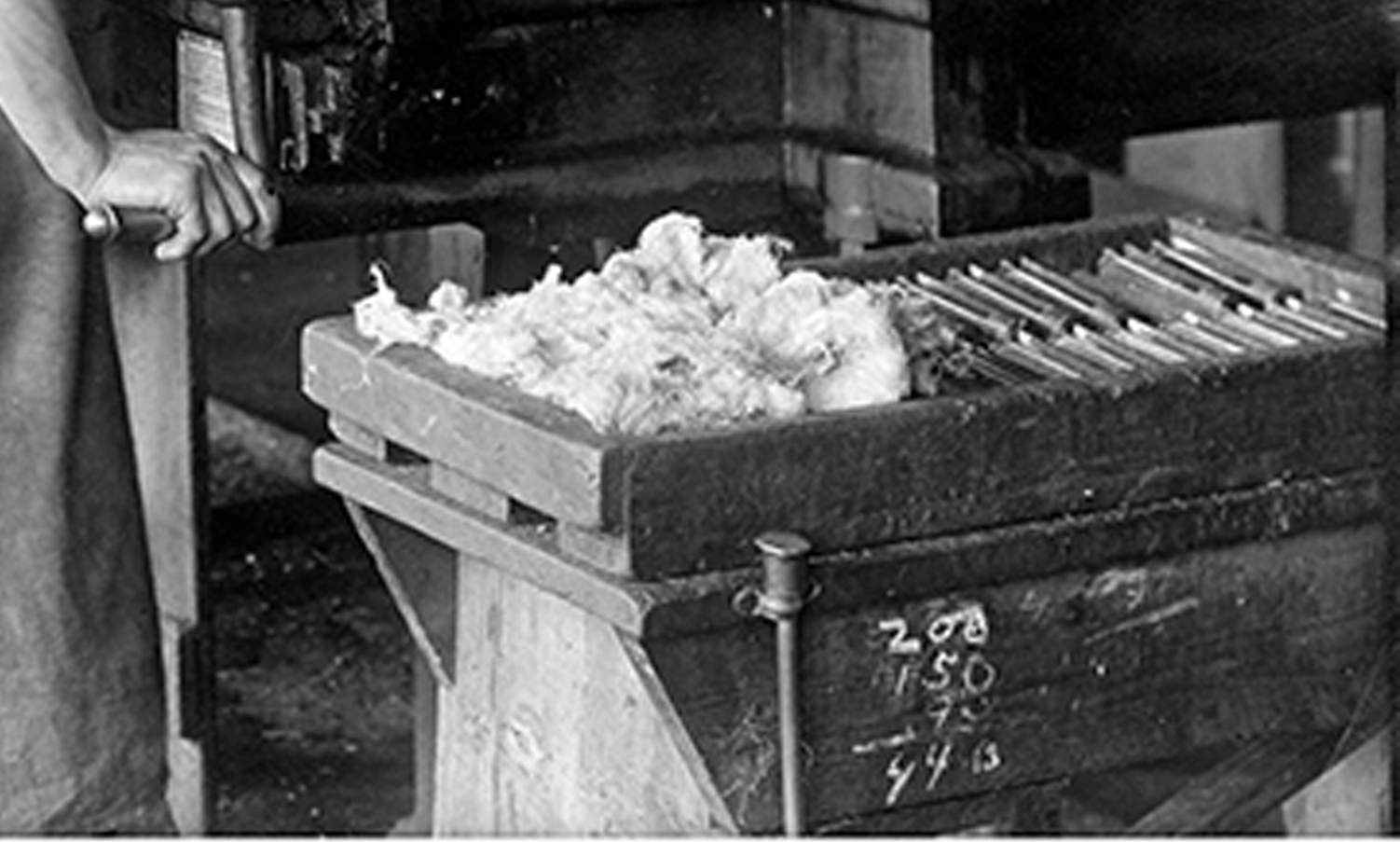July 16, 2013
 Offline
OfflineHi all, I have seen the use of the word (BIN) used in many books including george Madis.
Can anyone enlighten me on what the bins were and the use during the factory process etc.
George describes a 76 as having a barrel that is to late for the barrel address or something, and it must of came from the bottom of the bin.
were the bins wood metal or what. did the parts just rattle around in them or did they have partitions etc.
some pictures would be good if anyone has some.
thanks
Tony
May 2, 2009
 Offline
OfflineI have a flat wood box that barrels were stored in. On the side its was printed “return to foundry” “plant #3” “property of Winchester” I Don’t know in what stag of production the barrels were in while stored in the boxes.
Bob
WACA Life Member--- NRA Life Member---- Cody Firearms member since 1991 Researching the Winchester 1873's

Email: [email protected]
April 15, 2005
 Offline
OfflineTony,
The term “bin” as used by George Madis (and many others, including myself) is just simply the noun used to describe any container that was used to move and store parts to be used during the assembly process. In reality, the barrels, receiver frames, levers, magazine tubes, etc. were more than likely all placed and stored in specially built racks, or segmented containers from which they could be pulled as needed during the assembly process.
Bert
WACA Historian & Board of Director Member #6571L

May 23, 2009
 Offline
OfflineOne of the few factory photos I have come across is what I believe to be workers milling receivers. Next to them are wooden “bins” or treys or whatever you want to call them. I’m sure different component parts had different types of bins. So can see stacks of the bins behind a lot of the workers and next to them at their work station.


The second photos is a closeup of the bin closest to the lens on the right hand side of the closest worker. They look like model 95 or 94 receivers, but I’m not sure.
Sincerely,
Maverick
![]()
WACA #8783 - Checkout my Reloading Tool Survey!
https://winchestercollector.org/forum/winchester-research-surveys/winchester-reloading-tool-survey/
June 5, 2015
 Offline
OfflineMaverick said
One of the few factory photos I have come across is what I believe to be workers milling receivers. Next to them are wooden “bins” or treys or whatever you want to call them. I’m sure different component parts had different types of bins. So can see stacks of the bins behind a lot of the workers and next to them at their work station.

The second photos is a closeup of the bin closest to the lens on the right hand side of the closest worker. They look like model 95 or 94 receivers, but I’m not sure.
Sincerely,
Maverick
Boy, the monotonous work of the factory floor could of produced a bunch of junk. I have tremendous admiration for the work ethics that used to exist in the American workforce. It made a nation what it was, and I’m afraid what it will never be again. We will prevail , but we will never achieve what our forefathers did. What have we done to our grandchildren’s inheritance. Sorry for being off topic.
Vince
Southern Oregon
NRA member
Fraternal Order of Eagles
“There is but one answer to be made to the dynamite bomb and that can best be made by the Winchester rifle.”
Teddy Roosevelt

December 1, 2012
 Offline
OfflineVince said
Boy, the monotonous work of the factory floor could of produced a bunch of junk. I have tremendous admiration for the work ethics that used to exist in the American workforce. It made a nation what it was, and I’m afraid what it will never be again. We will prevail , but we will never achieve what our forefathers did. What have we done to our grandchildren’s inheritance. Sorry for being off topic.
Amen to that!
![]()
"This is the West, sir. When the legend becomes fact, print the legend."
1 Guest(s)


 Log In
Log In






